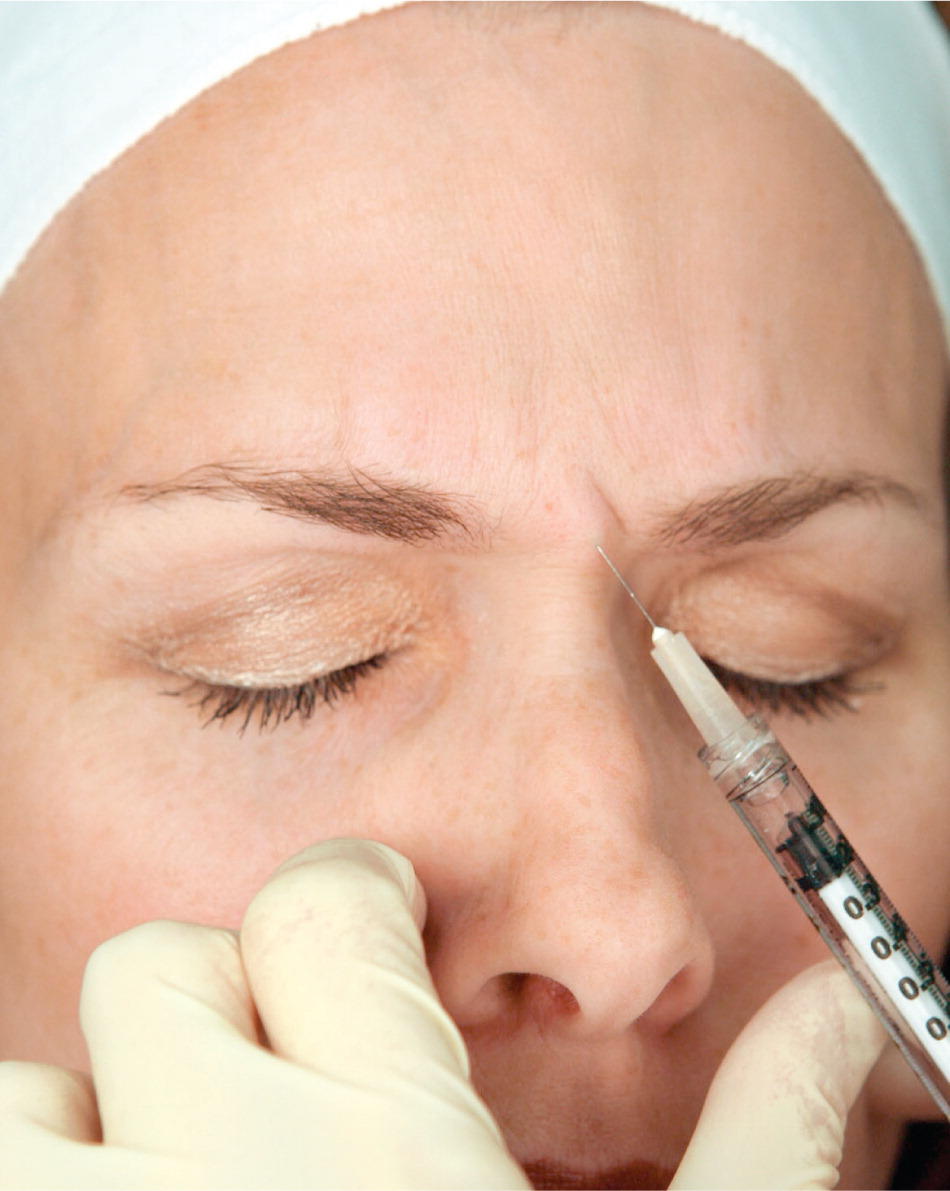
Introduction: The Alarming Case of Botulinum Toxin Injection Complications
A woman in Mainland China recently made headlines after she was hospitalized following a botulinum toxin injection. She faced serious problems like trouble breathing and slurred speech. Doctors first thought she might have been poisoned. This case shows how dangerous these injections can be if something goes wrong. Botulism, a rare but severe illness, is caused by a bacteria called Clostridium botulinum. This bacteria can attack the nervous system, leading to muscle weakness and even paralysis. Let’s learn more about this condition and why it’s so important to be careful.
Understanding Botulism: More Than Just Food Poisoning
Botulism isn’t just about eating bad food. There are different ways to get it. The main types are foodborne (from spoiled food), infant (affects babies), wound (from dirty cuts), inhalation (breathing in the toxin), adult intestinal toxemia (toxin grows in the gut), and iatrogenic (caused by medical treatments like injections). While foodborne botulism is the most common, other types, like from injections, can also happen. Knowing these different ways helps us understand the risks better.
The Culprit: Clostridium botulinum and Its Toxin
The bacteria Clostridium botulinum is the main cause of botulism. It makes a powerful toxin that messes up the signals between nerves and muscles. This leads to weakness and can stop muscles from working, including those needed for breathing. Two other bacteria, Clostridium butyricum and Clostridium baratii, can also cause botulism, but they are less common. This toxin is very strong, so even a tiny amount can make someone very sick.
Recognizing the Red Flags: Botulism Symptoms to Watch For
Botulism symptoms often start in the face and move down the body. Early signs include constipation, vomiting, belly pain, and diarrhea. Later, a person might struggle to pee or have severe constipation. Importantly, there is no fever with botulism. If not treated, it can lead to paralysis of the arms, legs, and even the muscles used for breathing. For babies, infant botulism shows as fussiness, tiredness, constipation, and not wanting to eat. Wound botulism has similar symptoms to other types but might take longer to appear. Knowing these signs can save a life.
Iatrogenic Botulism: The Unexpected Risk of Injections
Iatrogenic botulism happens when botulinum toxin, used in medical or cosmetic treatments like Botox, spreads beyond where it’s supposed to go. This is what likely happened in the case of the woman from the news. The symptoms are the same as other types of botulism, including trouble breathing and slurred speech. These problems can become very serious, showing how risky these injections can be if not done properly.
When Every Second Counts: Seeking Immediate Medical Attention
If you or someone you know shows signs of botulism, call 911 right away. Quick treatment is the key to getting better and avoiding deadly problems like not being able to breathe. Remember, botulism does not spread from person to person, so there’s no worry about catching it from someone who is sick. Acting fast can make all the difference.
Diagnosis and Differentiation: Ruling Out Other Conditions
Doctors need to be sure it’s botulism because the symptoms can look like other serious issues, such as a stroke or a condition called Guillain-Barre syndrome. To figure it out, they might use brain scans like MRI or CT. They could also do a test called the Tensilon test to check if it’s another illness called myasthenia gravis. Getting the right diagnosis helps start the correct treatment as soon as possible.
Treatment and Recovery: A Path to Healing
Treating botulism often means giving a medicine called antitoxin. This stops the toxin from doing more harm. Recovery can take weeks or even months, even for mild cases. But with the right care, most people—about 90 to 95 percent—get better. If food is suspected as the cause, doctors might test it to confirm. The road to recovery can be long, but treatment works well if started early.
Prevention is Key: Avoiding Botulism Exposure
You can prevent botulism with simple steps. For foodborne botulism, use proper canning methods, boil home-canned foods for 10 minutes before eating, and store cooked potatoes or garlic in oil correctly. For infant botulism, never give honey or corn syrup to babies under 1 year old. For wound botulism, clean and care for cuts properly. Preventing iatrogenic botulism from injections is harder, but choosing a skilled and qualified person to do the procedure is very important.
Beyond the Headlines: Understanding the Incubation Period
The time it takes for botulism symptoms to show up depends on the type. For foodborne botulism, it’s usually 18 to 36 hours after eating bad food, but it can be as quick as 4 hours or as long as 8 days. For infant botulism, it can take up to 14 days. Knowing this timeline helps explain when symptoms might start after someone is exposed to the toxin.
Conclusion: Staying Informed and Prioritizing Safety
Botulism is rare, but it’s a serious illness that needs quick action. Learning the symptoms and getting help right away can save lives. The case of the woman hospitalized after a botulinum toxin injection reminds us of the risks tied to these treatments. Stay aware, be cautious, and always choose safety first when it comes to medical or cosmetic procedures.












